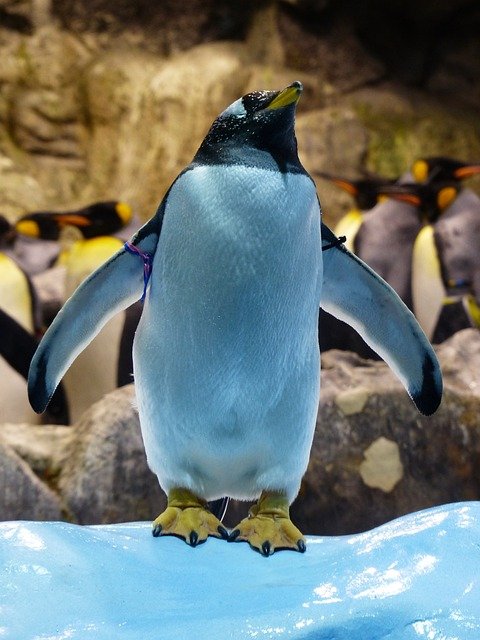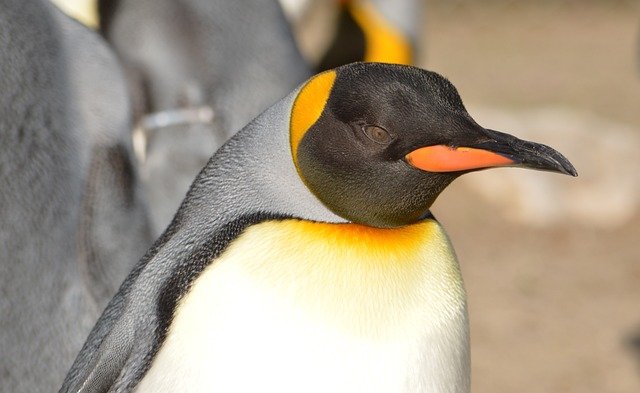**Title: "The Social Lives of Penguins: Understanding Their Complex Communities"** **Overview:**

The Social Lives of Penguins: Understanding Their Complex Communities
Penguins are often perceived as solitary creatures, waddling across icy landscapes in search of food. However, beneath their charming exterior lies a complex social structure that plays a crucial role in their survival and reproduction. In this post, we will explore the intricate social lives of penguins, highlighting their communal behaviors, social hierarchies, and the significance of their interactions.
The Importance of Community
Penguins are highly social animals, living in large colonies that can consist of thousands of individuals. These colonies provide numerous benefits:
- Protection from Predators: The sheer number of penguins in a colony can deter potential predators and increase the chances of survival for individuals.
- Cooperative Breeding: Many species of penguins engage in cooperative breeding, where adults take turns caring for chicks, allowing for higher survival rates.
- Resource Sharing: Penguins often engage in social foraging, where they work together to find food sources, improving their overall foraging success.
Social Hierarchy and Communication
Within penguin colonies, social hierarchies can develop, influencing mating and breeding opportunities. Here are some key aspects of their social structures:
- Dominance Displays: Penguins often engage in displays of dominance, using vocalizations and physical posturing to establish their rank within the group.
- Vocal Communication: Penguins are known for their unique vocalizations, which help individuals identify mates and communicate with their young. Each species has distinct calls that convey different messages.
- Bonding Rituals: Many penguin species participate in elaborate courtship rituals, including synchronized swimming and vocal duets, to strengthen pair bonds.
The Role of Parental Care
Parental care is a vital aspect of penguin social life. Most penguin species are monogamous for the breeding season, and both parents share responsibilities in raising their chicks:
- Incubation: After laying eggs, penguins take turns incubating them, ensuring they remain warm and protected from the harsh environment.
- Feeding Chicks: Once the chicks hatch, both parents actively participate in feeding them by regurgitating food, teaching them essential survival skills.
Challenges to Social Structures
Despite their robust social systems, penguins face numerous challenges that can disrupt their communities:
- Climate Change: Altered sea temperatures and melting ice can affect food availability, leading to competition and stress within colonies.
- Human Impact: Overfishing and habitat destruction can threaten penguin populations, forcing them to adapt their social behaviors to survive.
Conclusion
The social lives of penguins are a testament to their adaptability and resilience. Understanding their complex communities not only enriches our knowledge of these fascinating birds but also highlights the importance of conservation efforts to protect their habitats and ensure their survival. As we continue to study and admire these remarkable creatures, we must remember that their social ties are essential for their well-being and the health of their ecosystems.
Feel free to share your thoughts or experiences with penguins in the comments below! 🐧

Upvoted! Thank you for supporting witness @jswit.